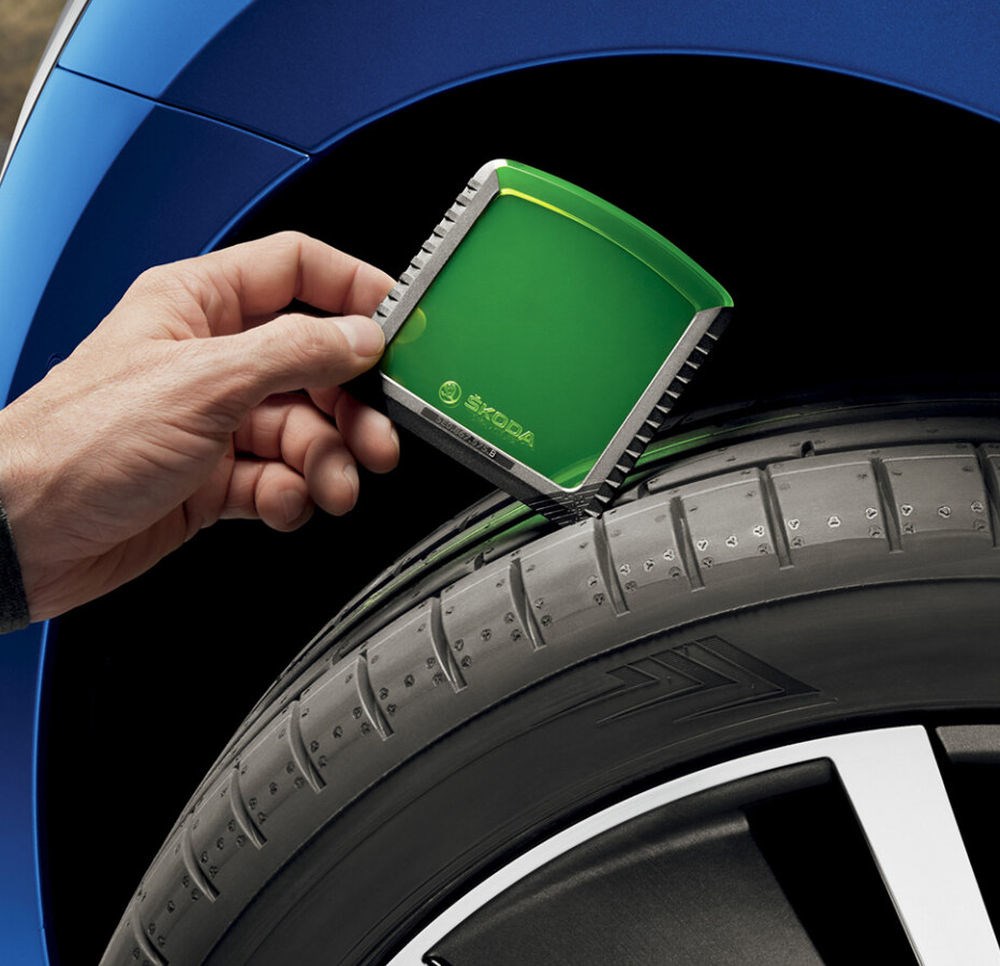![d31f2512-a1bd-411a-9367-4a5300bea33a[1]](https://aktuelnomag.site/wp-content/uploads/2025/10/d31f2512-a1bd-411a-9367-4a5300bea33a1-678x381.jpg)
WHEN changing tires for the season, many drivers face the same dilemma: on which axle should they mount the tires with deeper tread and on which the more worn ones? The answer is not as simple as it first seems and depends on several factors.
Most cars on our roads are front-wheel drive, meaning that the engine’s power is transmitted to the front axle. In addition, the front brakes do most of the work when stopping because the weight of the vehicle is shifted forward. This puts more strain on the front tires and causes them to wear out faster.
Better tires front or rear?
The basic rule is that tires with a deeper tread should always be mounted on the rear axle. The reason is simple – the rear axle ensures the vehicle’s stability when driving and helps it to hold its direction better. If the rear tires are worn, especially on wet roads, the car can become unstable. In the case of aquaplaning, i.e. the accumulation of water under the tire, worn rear tires significantly increase the risk of skidding and loss of control of the vehicle.
The solution is regular rotation.
While the rule of better tires on the rear is generally accepted, there’s another side to the story. If you always put worse tires on the front of a front-wheel drive car, the difference in tread depth between the front and rear tires will become greater. This can also affect the vehicle’s stability.
To even out tire wear, it is recommended to rotate the wheels on the axles regularly, ideally every 15,000 kilometers or during seasonal replacement. Drivers who use all-season tires should also pay attention to this and rotate them at least once a year. The same applies to rear-wheel drive vehicles, where tires on the drive axle wear faster.
It is important to note that tires are only changed on axles to ensure that the tread depth on the same axle is the same. Diagonal replacement is only possible with symmetrical tires.
Asymmetrical tires have tread patterns designed for the left or right side of the vehicle and are usually labeled “Outside.” It’s also crucial to pay attention to the direction of rotation, as a tire that is mounted incorrectly cannot function optimally, leading to poorer grip and an increased risk of aquaplaning.
When is it time for new tires?
The law prescribes a minimum profile depth of 1.6 millimeters, but this is too little for safe driving. Experts recommend at least four millimeters of profile for winter tires and at least two millimeters for summer tires. If the values are lower, it’s time to replace.
In addition to tread depth, the age of the tires is also important. This can be checked using the DOT number on the tire sidewall – the first two digits indicate the week and the second two the year of manufacture. Although there is no hard and fast rule, it is recommended to replace tires that are six to ten years old, depending on the conditions of use and visible signs of aging such as cracks or porous rubber.

Leave a Reply